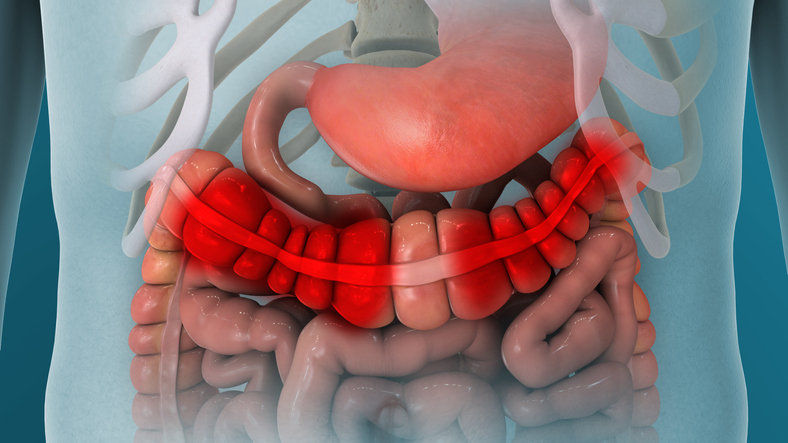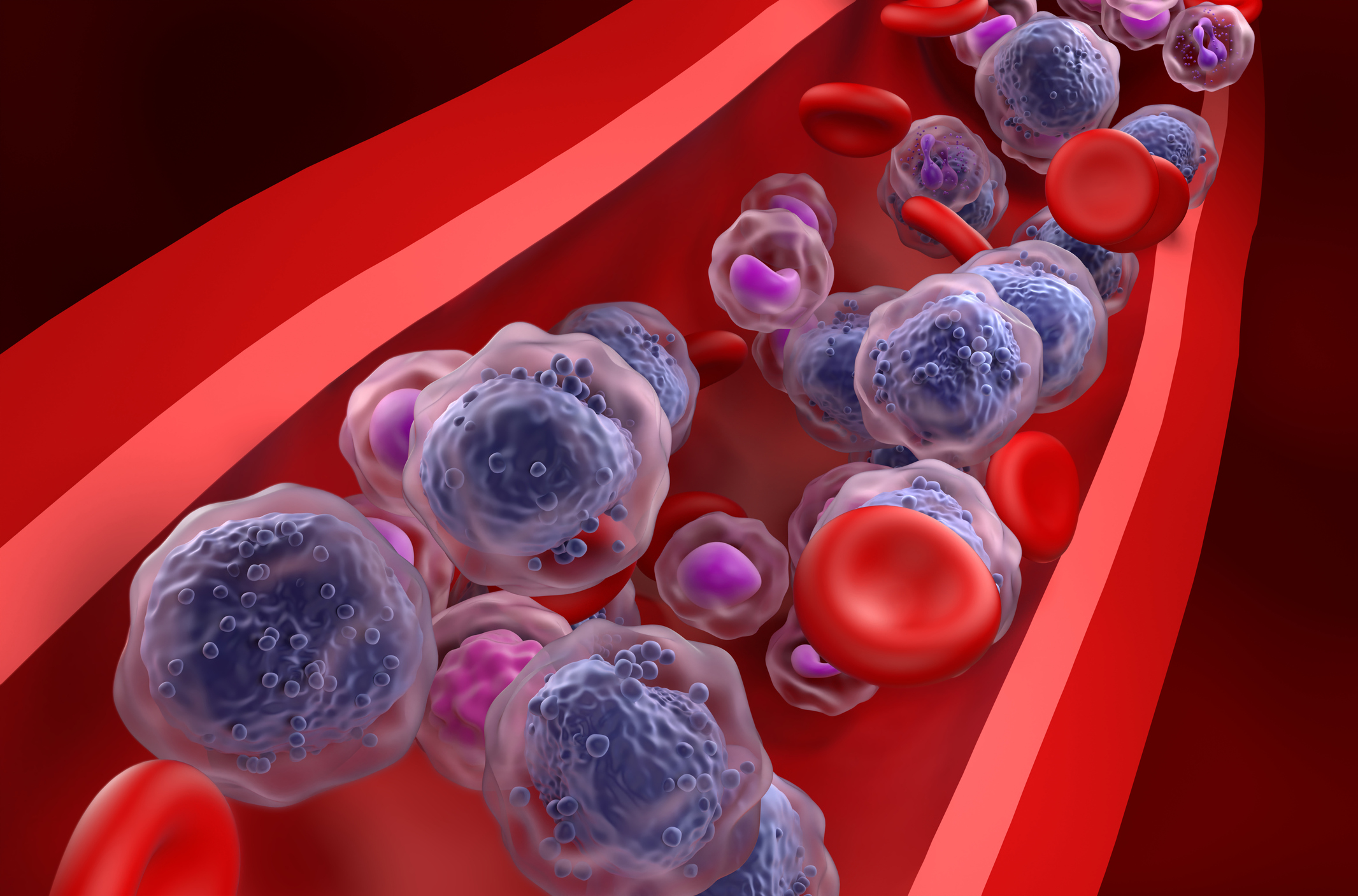
A new study suggests “vulnerability trumps disease risk” with regard to health-related quality of life in patients with myelodysplastic syndromes (MDS).
Gregory Abel, MD, MPH, of the Dana-Farber Cancer Institute, and colleagues conducted the research as part of the MDS Natural History Study. The prospective cohort study enrolls patients who are receiving a diagnostic work up for suspected MDS or MDS/myeloproliferative neoplasms (MPNs) in the setting of cytopenias.
Dr. Abel and colleagues conducted the study because health-related quality of life and vulnerability are “variably affected” in patients who have MDS or other cytopenic conditions, but the “heterogeneous composition of these diseases has limited our understanding of these domains.”
The MDS Natural History Study included patients with untreated disease who received a bone marrow assessment with central histopathology review for assignment as MDS, MDS/MPN, idiopathic cytopenia of undetermined significance (ICUS), acute myeloid leukemia (AML) with <30% blasts, or “at-risk.”
The study’s investigators collected health-related quality of life data from patients at enrollment. Dr. Abel and colleagues used general instruments, such as the mean Patient Reported Outcome Measurement Information System (PROMIS) Fatigue survey, as well as disease-specific instruments, such as the Quality of Life in Myelodysplasia Scale. They assessed dichotomized vulnerability with the Vulnerable Elders Survey.
Dr. Abel and colleagues found that baseline health-related quality of life scores were similar among patients with diagnoses of MDS (n=248), MDS/MPN (n=40), AML with <30% blasts (n=15), ICUS (n=48), or “at-risk” (n=98). However, in patients with MDS, health-related quality of life was “worse for vulnerable participants,” according to Dr. Abel and colleagues. For example, the mean PROMIS Fatigue score was 56 in patients with MDS who were considered vulnerable, while it was 49.5 for those who were not (P<.001). Those with a “worse” prognosis also had significantly worse health-related quality of life, Dr. Abel and colleagues wrote.
In the 84 patients with MDS who were identified as vulnerable, 88% had difficulty with prolonged physical activity, including 74% who had difficulty with walking one-quarter of a mile.
“These data suggest that cytopenias leading to MDS evaluation are associated with similar [health-related quality of life]—regardless of eventual diagnosis—with worse [health-related quality of life] among the vulnerable,” Dr. Abel and colleagues concluded. “Among those with MDS, lower-risk disease was associated with better [health-related quality of life], but the relationship was lost among the vulnerable, showing for the first time that vulnerability trumps disease risk in affecting [health-related quality of life].”
Reference
Abel GA, Hebert D, Lee C, et al. Health-related quality of life and vulnerability among people with myelodysplastic syndromes: a US national study. Blood Adv. 2023. doi:10.1182/bloodadvances.2022009000






 © 2025 Mashup Media, LLC, a Formedics Property. All Rights Reserved.
© 2025 Mashup Media, LLC, a Formedics Property. All Rights Reserved.